
BIO-DL has been successively building close cooperation relations with some famous companies including Thermo Fisher. We have continuously provided higher quality and more cost-effective products for the users in the world and therefore gained a good reputation.
Product Introduction of Laboratory Portable Microdrop Spectrophotometer Ultra Spectrophotometer Micro Spectrophotometer
Ultra micro spectrophotometer is a compact and lightweight analytical instrument used to measure the optical properties of trace samples.
Working principle of Laboratory Portable Microdrop Spectrophotometer Ultra Spectrophotometer Micro Spectrophotometer
Based on Lambert Beer's law, when a parallel monochromatic light passes vertically through a uniformly non scattering absorbing substance, its absorbance is proportional to the concentration of the absorbing substance and the thickness of the absorbing layer. The instrument emits light within a specific wavelength range through a light source. When the light passes through the sample, the substance in the sample absorbs the light. The detector detects the light intensity after passing through the sample and calculates the degree of light absorption by the sample by comparing it with the incident light intensity. Based on the known standard curve or formula, the concentration and other related parameters of the sample are calculated.
Characteristic of Laboratory Portable Microdrop Spectrophotometer Ultra Spectrophotometer Micro Spectrophotometer
Compact and lightweight in size: With a compact design and a weight of around 2 kilograms, it is easy to carry and move around, and can be easily taken to different laboratories, field sites, or temporary testing points for measurement.
Trace sample detection: capable of analyzing extremely small amounts of samples, requiring only 0.5-2 μ L of sample volume, suitable for detecting precious, scarce, or limited source samples, reducing sample consumption.
Quick measurement: With the ability to quickly detect, it only takes a few seconds to tens of seconds from sample placement to obtaining measurement results, greatly improving detection efficiency and suitable for situations where analysis results need to be obtained quickly.
Easy to operate: Equipped with an intuitive operating interface, usually featuring a touch screen or simple button operations, it can be used without complex training, reducing the technical threshold for operators.
Multi functional integration: In addition to basic absorbance measurement, it can also achieve various functions such as concentration measurement, purity analysis, DNA/RNA quantification, protein quantification, etc., to meet different experimental and detection needs.
Proper use and maintenance of ultra micro spectrophotometers are crucial for obtaining accurate and reliable measurement results as well as extending the lifespan of the instrument. The following are specific points:
usage method
Sample preparation
Purity requirement: Ensure that the sample is uniform, free of precipitation and bubbles. Impurities may affect optical transmission and absorption, leading to measurement errors.
Concentration range: Based on the detection range of the instrument and the estimated concentration of the sample, the sample may be diluted or concentrated as necessary to ensure that the sample concentration is within the optimal detection range of the instrument and to ensure measurement accuracy.
Instrument settings
Wavelength selection: Based on the absorption characteristics of the sample, select the appropriate measurement wavelength on the instrument operation interface. For example, measuring nucleic acids usually uses wavelengths of 260nm and 280nm, while proteins commonly use a wavelength of 280nm.
Measurement mode: Select modes such as absorbance measurement and concentration measurement according to actual needs. If the molar absorptivity and other parameters of the sample are known, the concentration measurement mode can be selected to directly obtain the sample concentration.
Sample measurement
Cleaning the base: Clean the sample base with soft materials such as mirror paper to ensure that there are no residual impurities or liquids, and to avoid interference with the measurement.
Add sample: Use a micropipette to accurately aspirate an appropriate amount of sample, usually 0.5-2 μ L, and evenly drip it onto the measurement area of the sample base, taking care to avoid the formation of bubbles and wall sticking.
Measurement operation: Cover the sample cover, click the measurement button on the instrument operation interface, wait for the measurement results to stabilize, and record the data. To ensure data accuracy, multiple measurements can be taken and averaged.
Result recording and analysis
Record data: Record the absorbance or concentration values obtained from the measurement, as well as relevant information such as measurement time, sample name, measurement wavelength, etc., for subsequent query and analysis.
Data analysis: Calculate the relevant parameters of the sample based on the measurement results. For example, the purity of nucleic acid can be determined by the ratio of A260/A280 to A260/A230, and the protein concentration can be calculated based on standard curves or empirical formulas.
Maintenance points
Regular cleaning
External cleaning: Regularly wipe the instrument housing with a clean soft cloth to remove dust and stains. If there are stubborn stains, a mild cleaning agent can be used, but liquids should be avoided from entering the interior of the instrument.
Sample base cleaning: After each measurement, promptly clean the sample base with deionized water or specialized cleaning solution to remove residual samples and prevent any impact on subsequent measurements. Then dry it with nitrogen or let it air dry naturally.
Cleaning of optical system: If there is dust or pollutants in the optical components such as lenses and mirrors in the optical system, it will affect the transmission and detection of light. It is necessary to regularly clean them by professional personnel using professional tools and reagents.
Calibration and Verification
Regular calibration: According to the recommendations of the instrument manufacturer, calibrate the instrument regularly, usually every six months or one year. Calibration includes wavelength calibration, absorbance calibration, etc., to ensure the accuracy and reliability of instrument measurements.
Verification method: The instrument can be validated using standard substances or samples of known concentration to check if the measurement results are within the allowable error range. If significant deviation is found in the measurement results, calibration or maintenance should be carried out in a timely manner.
Environmental maintenance
Temperature and humidity: Ultra micro spectrophotometer should be placed in an environment with relatively stable temperature and humidity, generally controlled at 20-25 ℃ and 40% -60% relative humidity. Air conditioning and dehumidifiers can be used to regulate the ambient temperature and humidity.
Dust prevention and shock resistance: The instrument should be placed inside a dust cover to prevent dust from entering the interior of the instrument and affecting the optical path system and detection performance. At the same time, the instrument should be placed on a stable workbench to avoid vibration and collision, and to prevent damage to the internal components of the instrument.
Light source maintenance
Service life: Pay attention to the service life of the light source. When the luminous intensity of the light source is significantly reduced or the measurement results are abnormal, the light source should be replaced in a timely manner.
Duration of use: Avoid frequent switching of the light source to extend its lifespan. When the instrument is not in use, the light source can be set to standby mode to reduce the loss of the light source.
Software Update
Function optimization: Timely update the operating software of the instrument to obtain new functions and performance optimization, improve the efficiency and measurement accuracy of the instrument.
Problem fixing: Software updates typically fix known vulnerabilities and issues to ensure the stability and compatibility of instrument software.
Packaging & shipping of Laboratory Portable Microdrop Spectrophotometer Ultra Spectrophotometer Micro Spectrophotometer

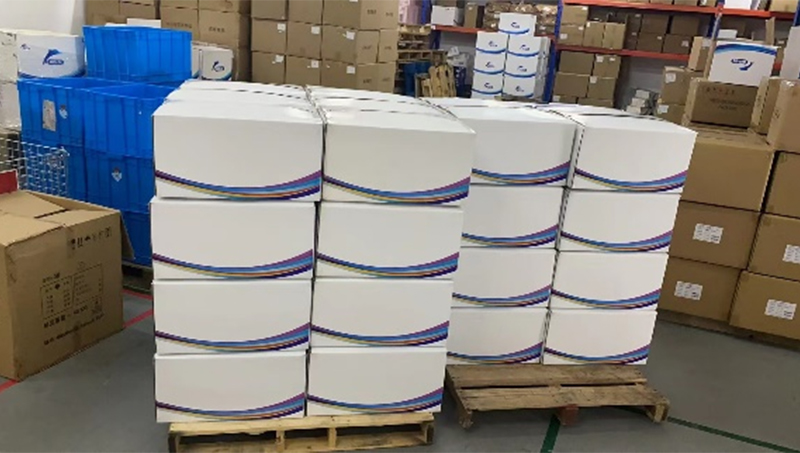
Our Factory
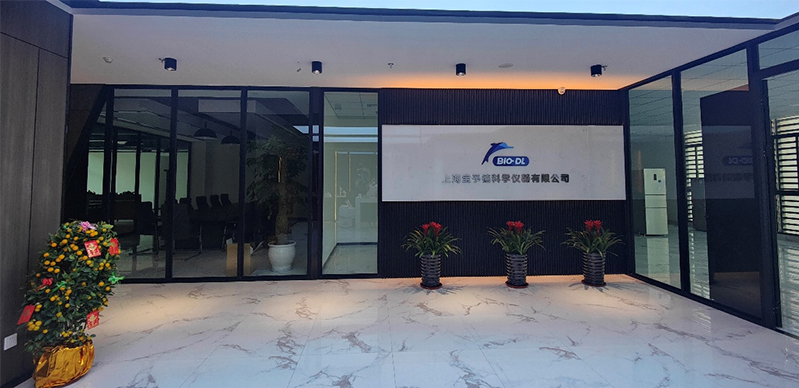
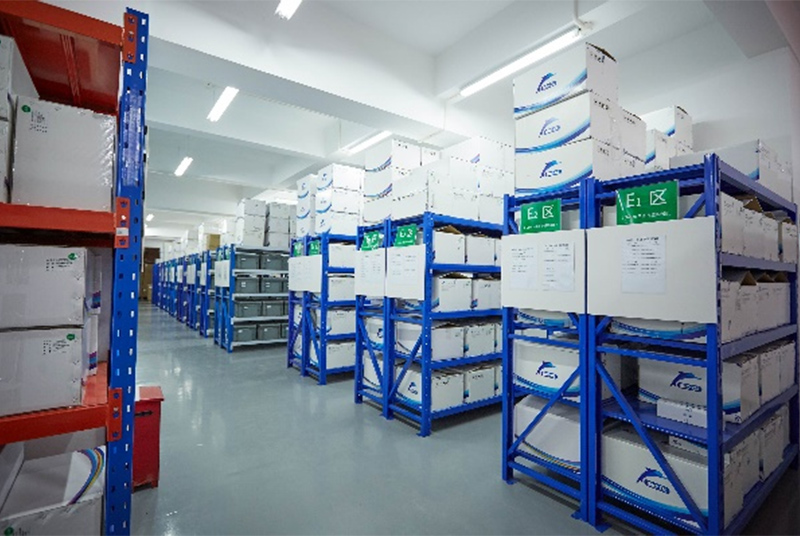
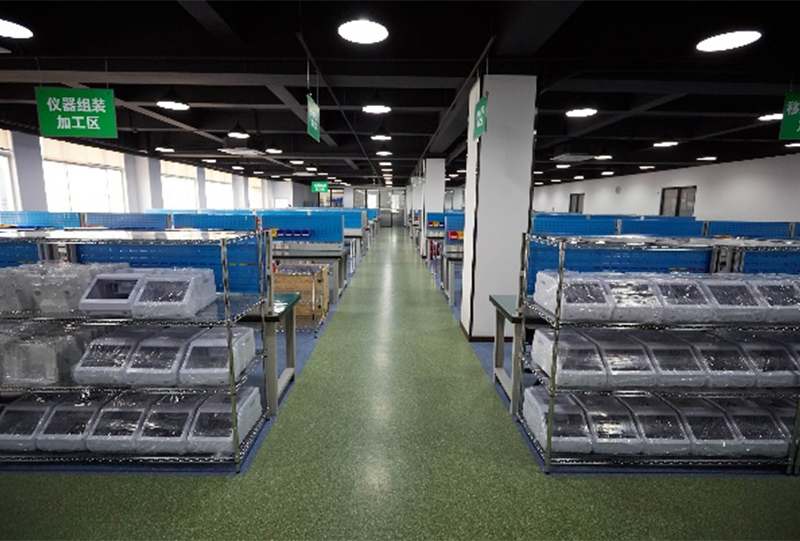
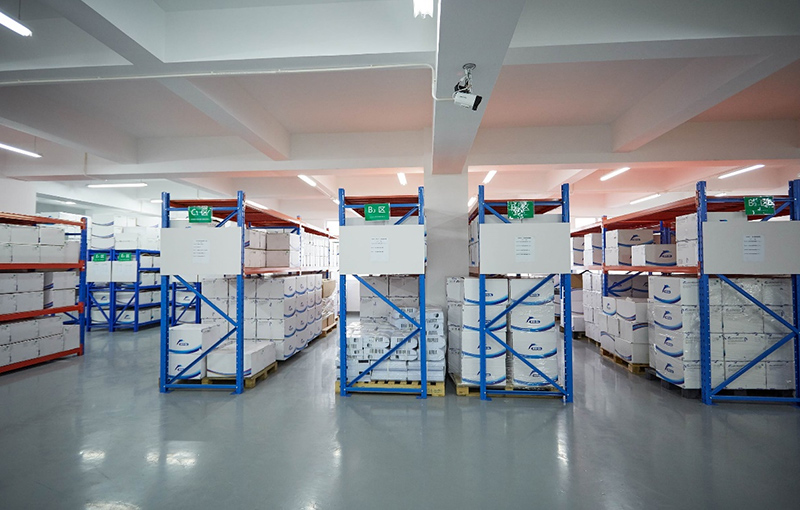
Our Team
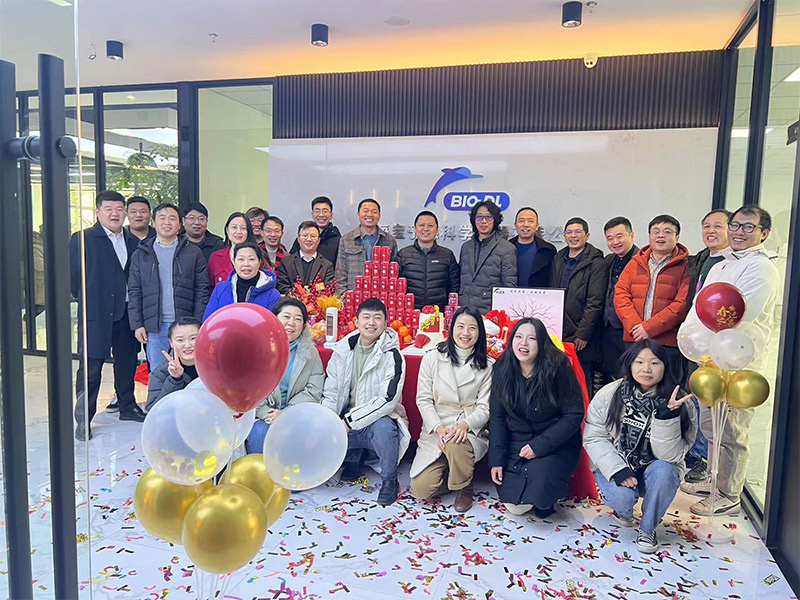
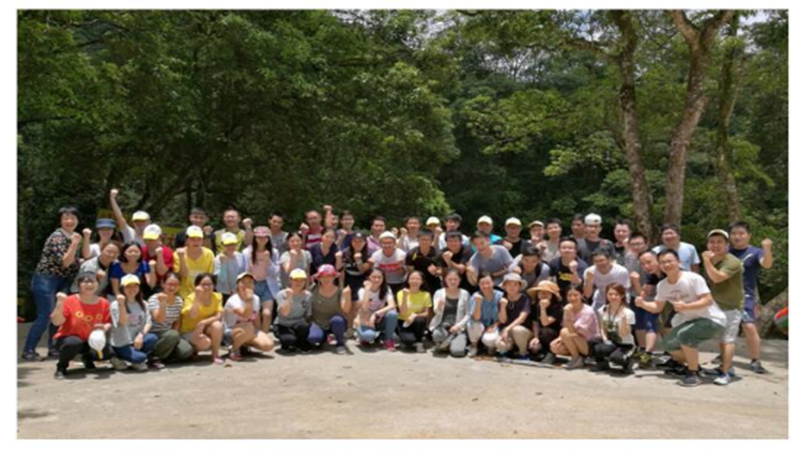
Our Client
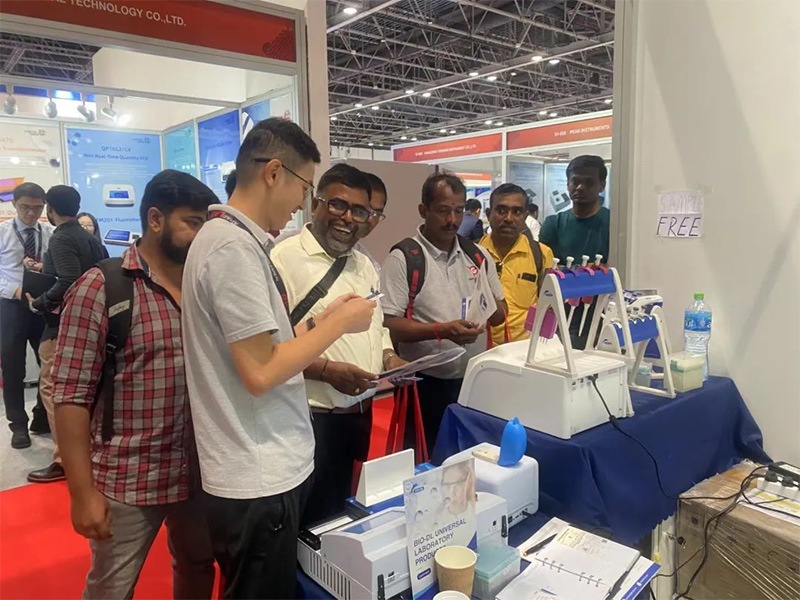
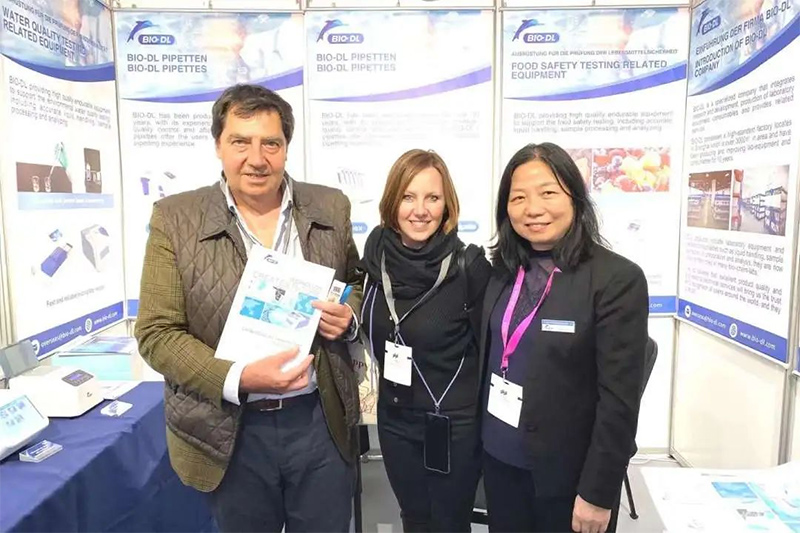
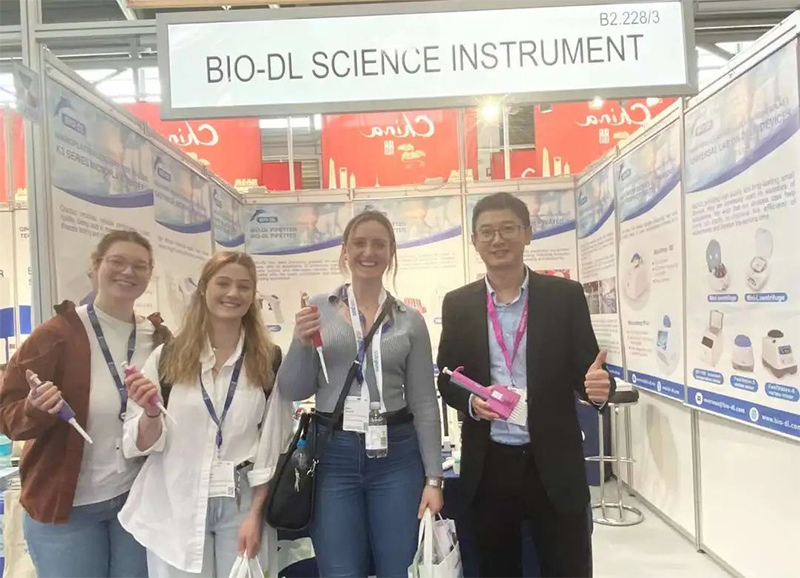
FAQ
Q: How about quality of the goods?
A: All the running products comply with CE standards.
Independent quality inspection team, conducting multiple inspections and random inspections from parts supply to product dispatch.
Q: Is OEM service available.
A: All of the running products are available for OEM customization, including logo and package.